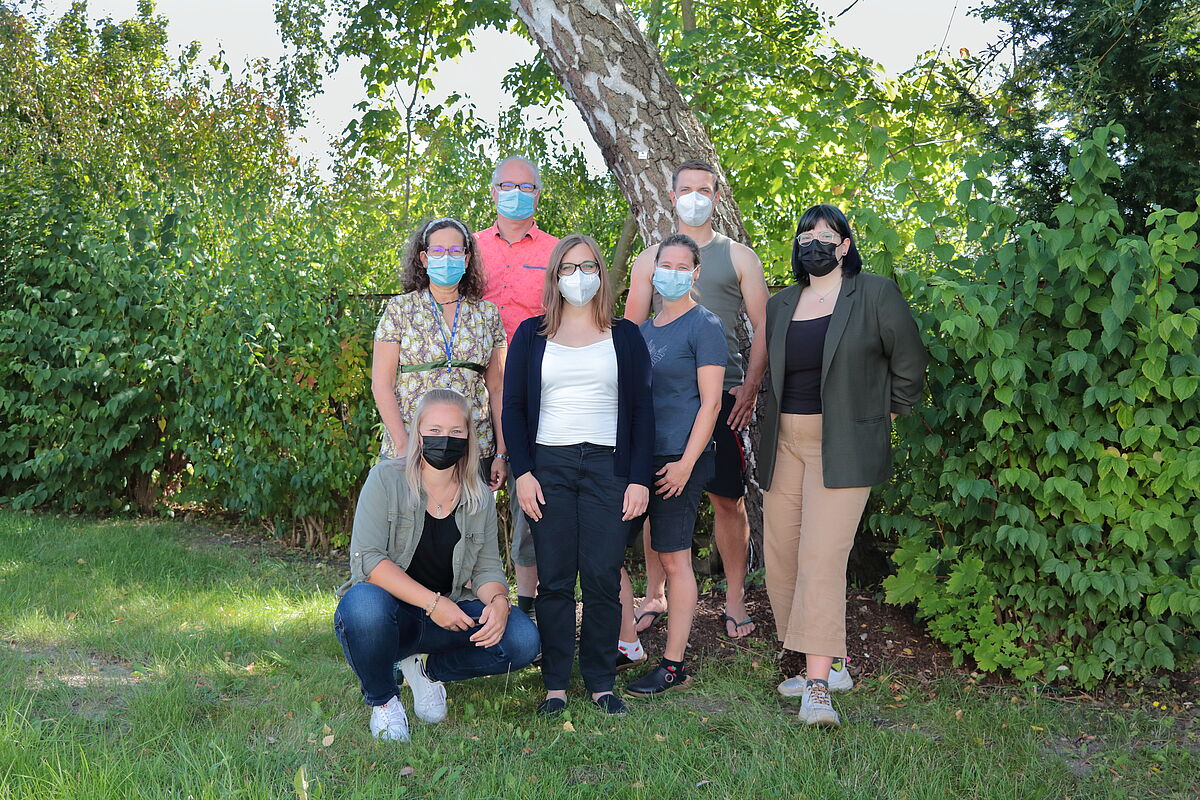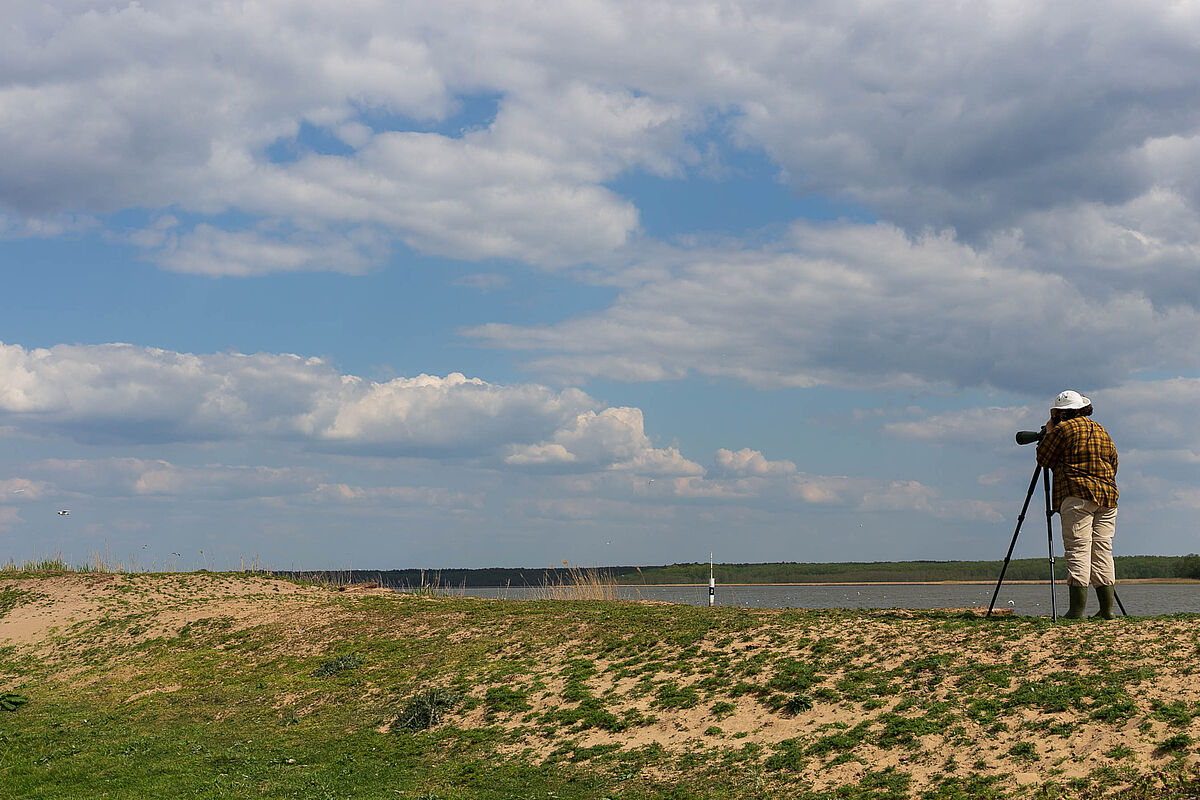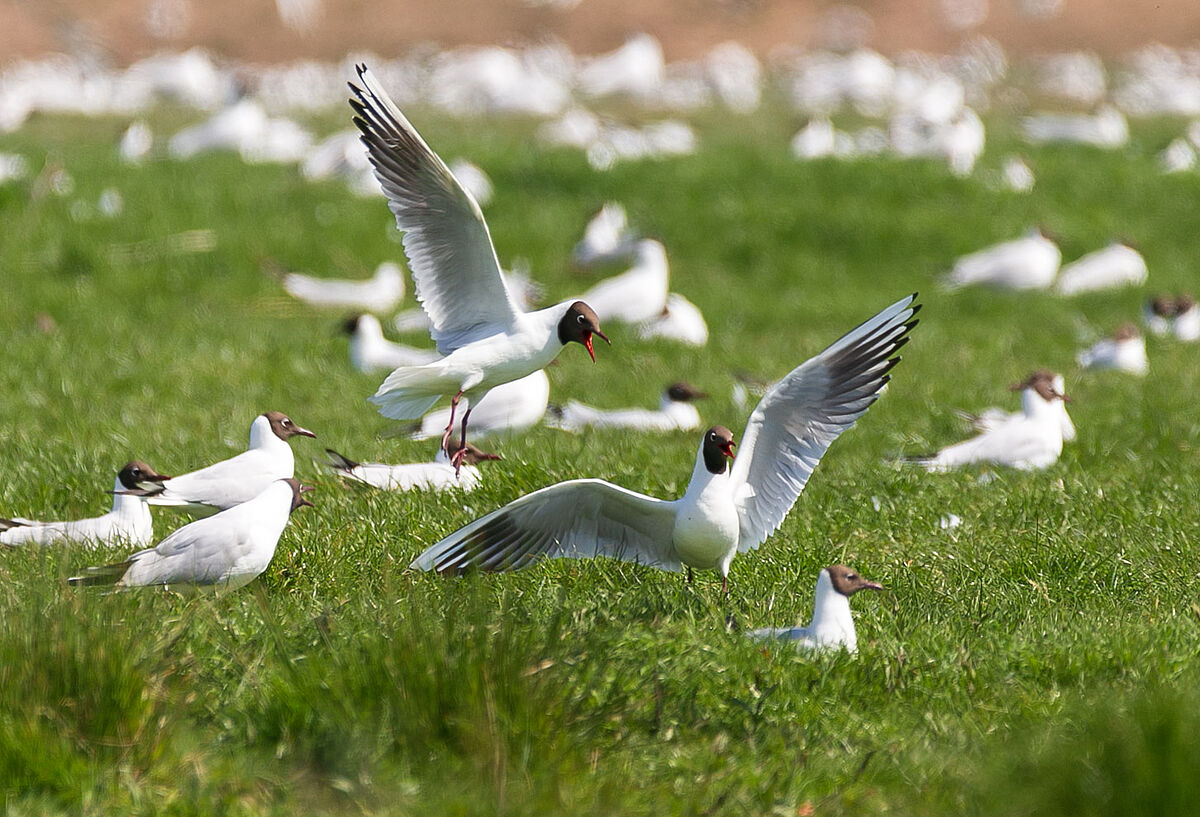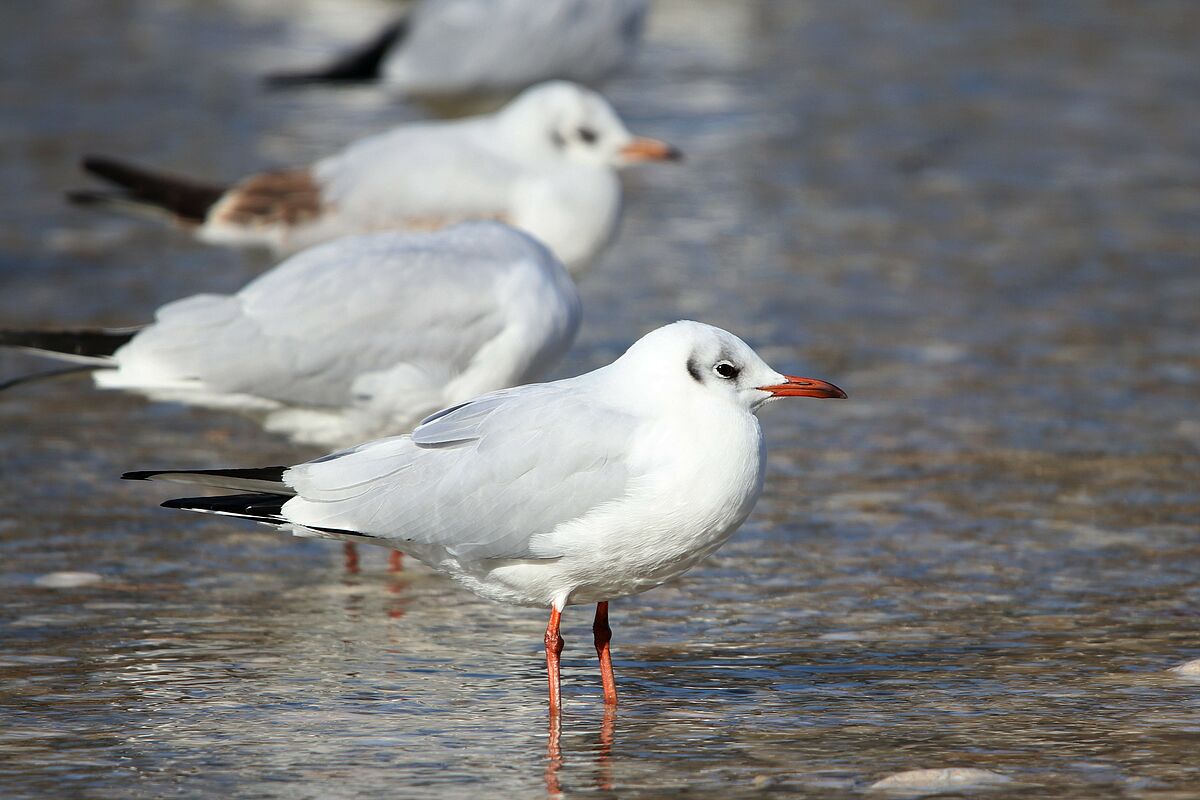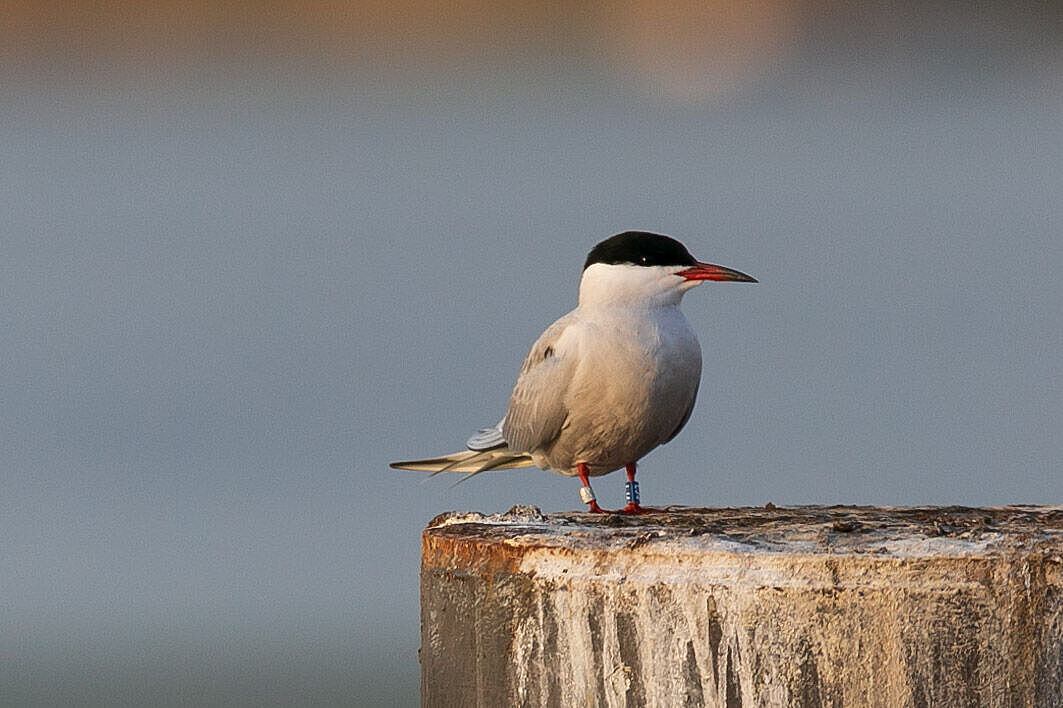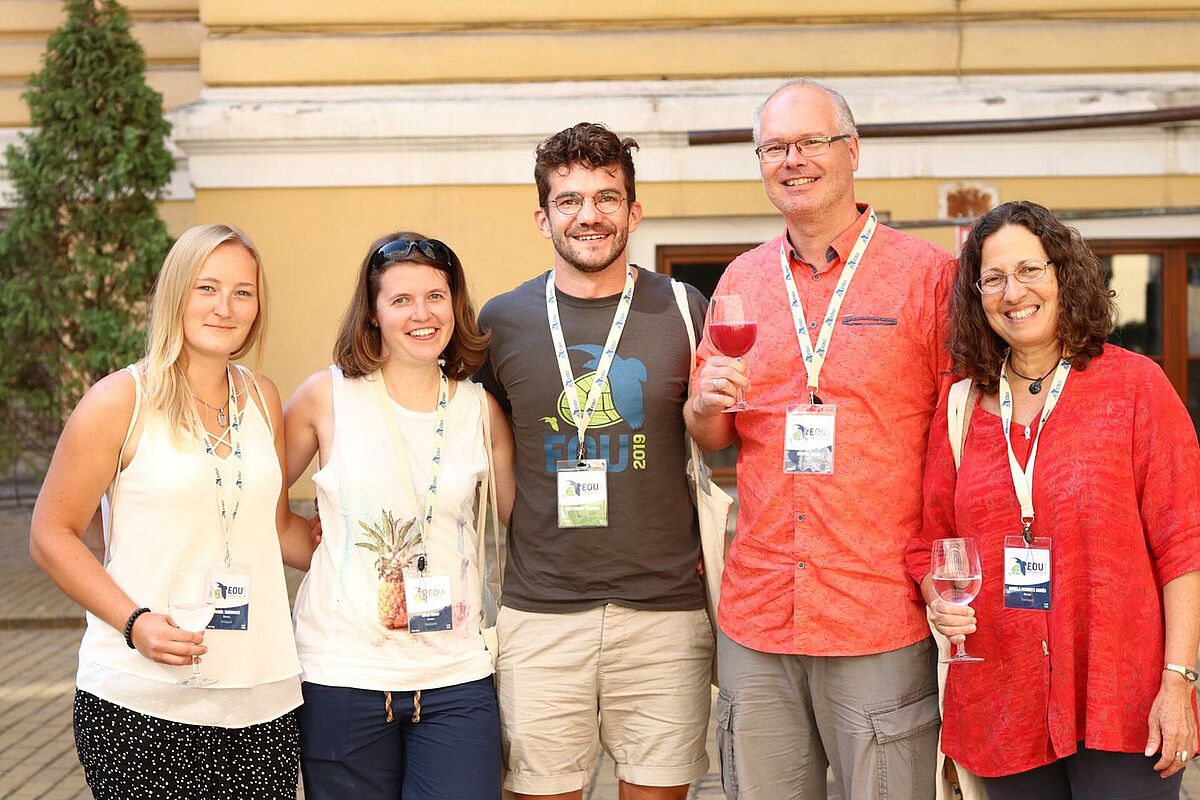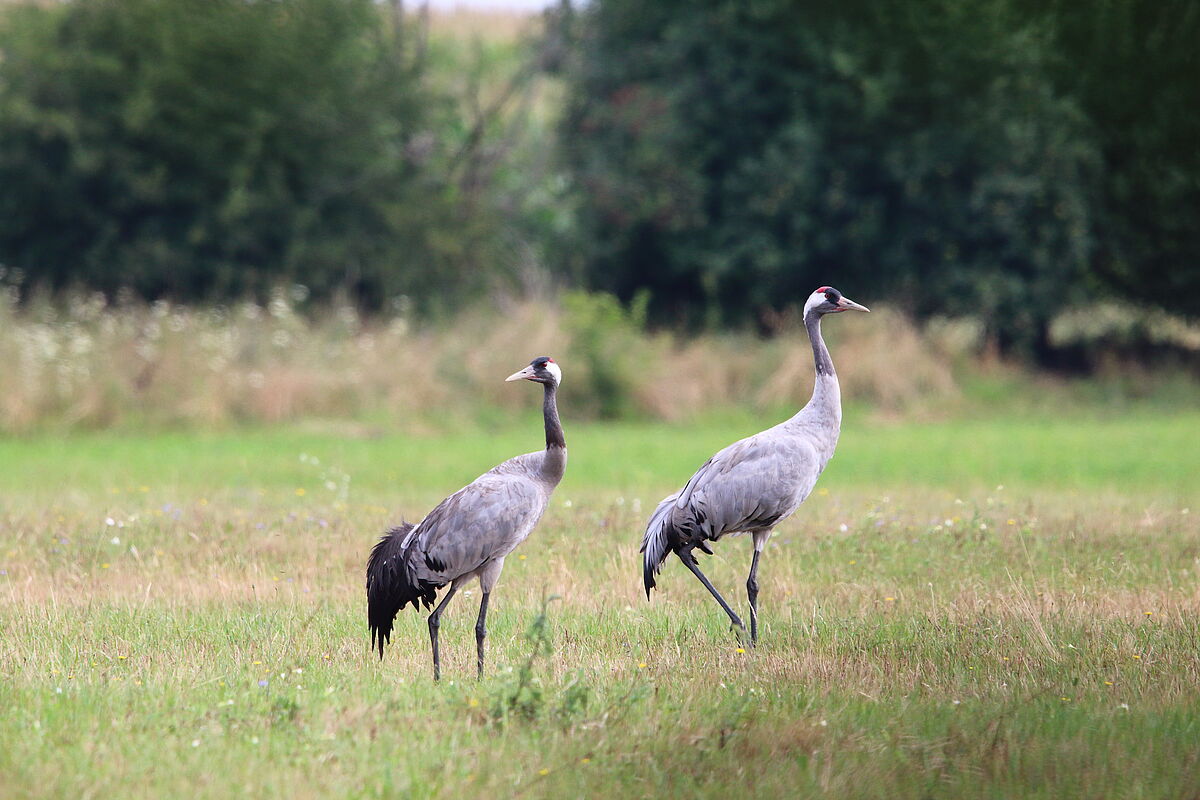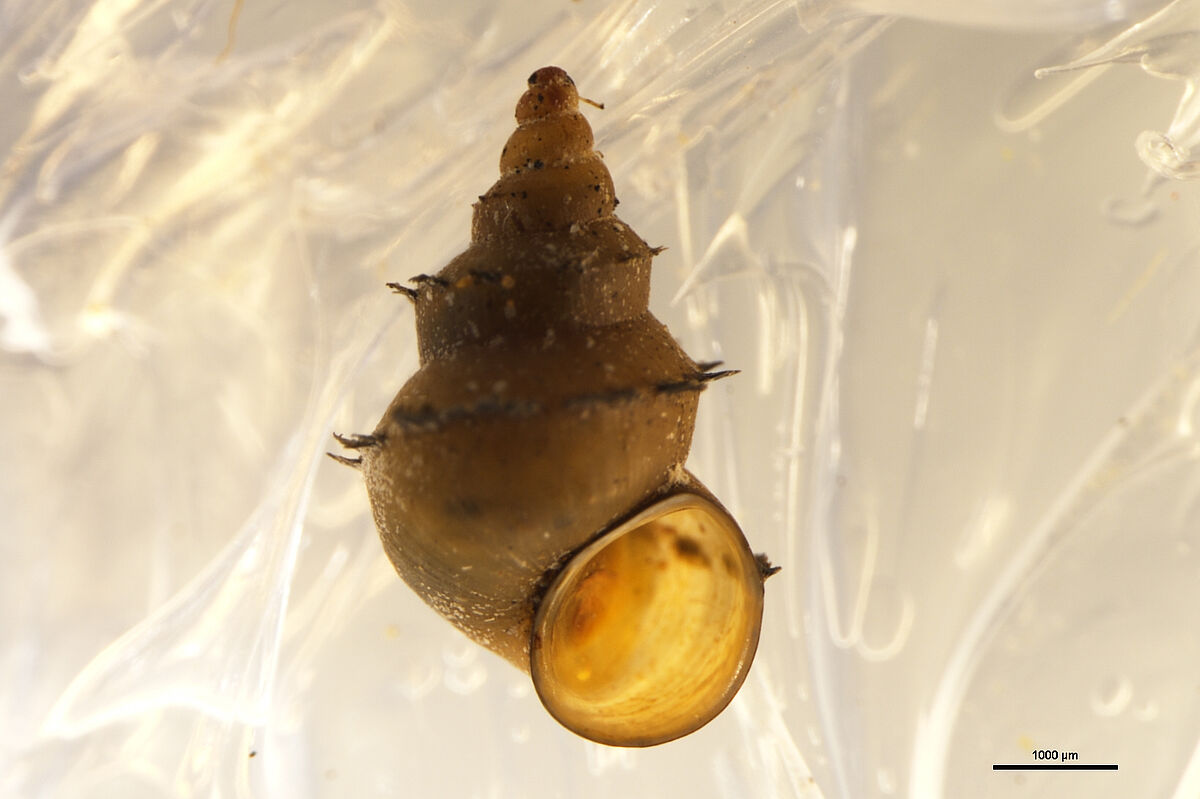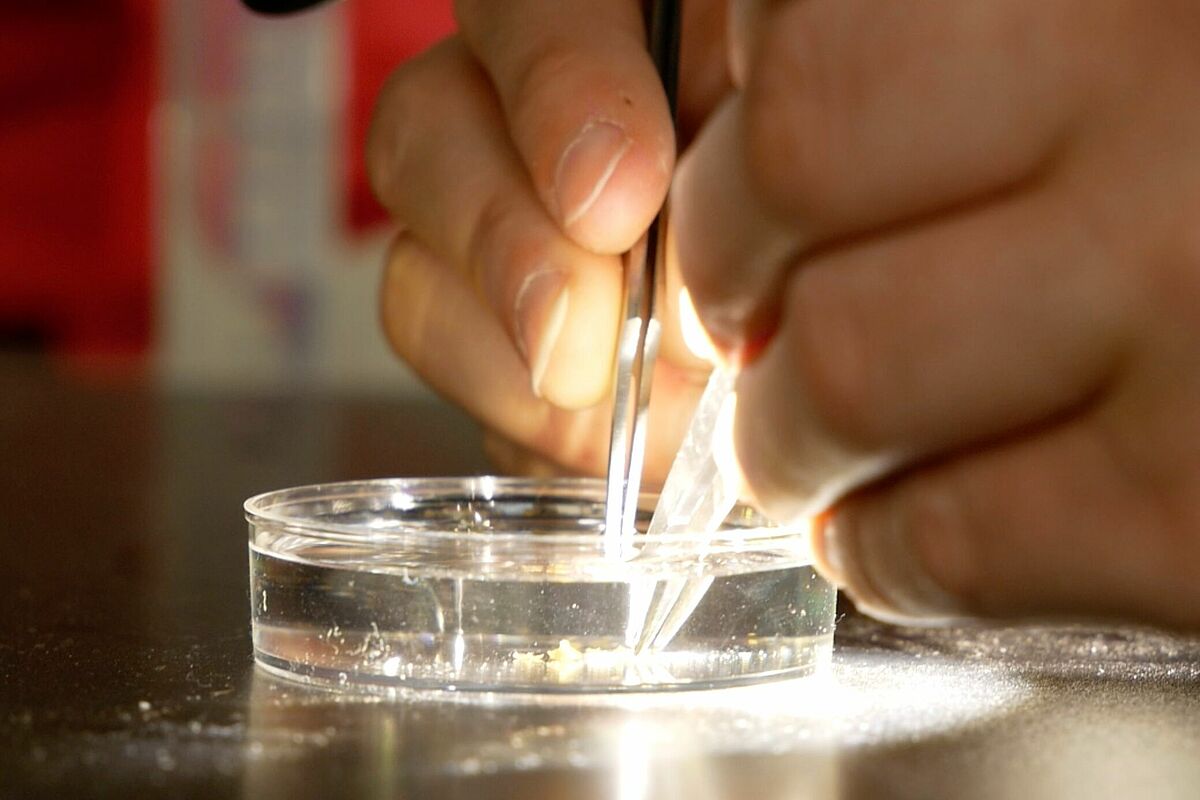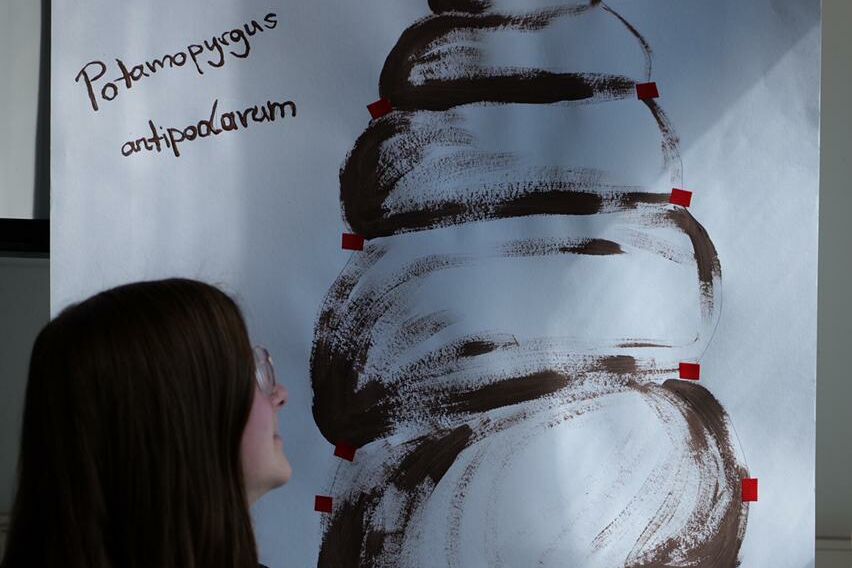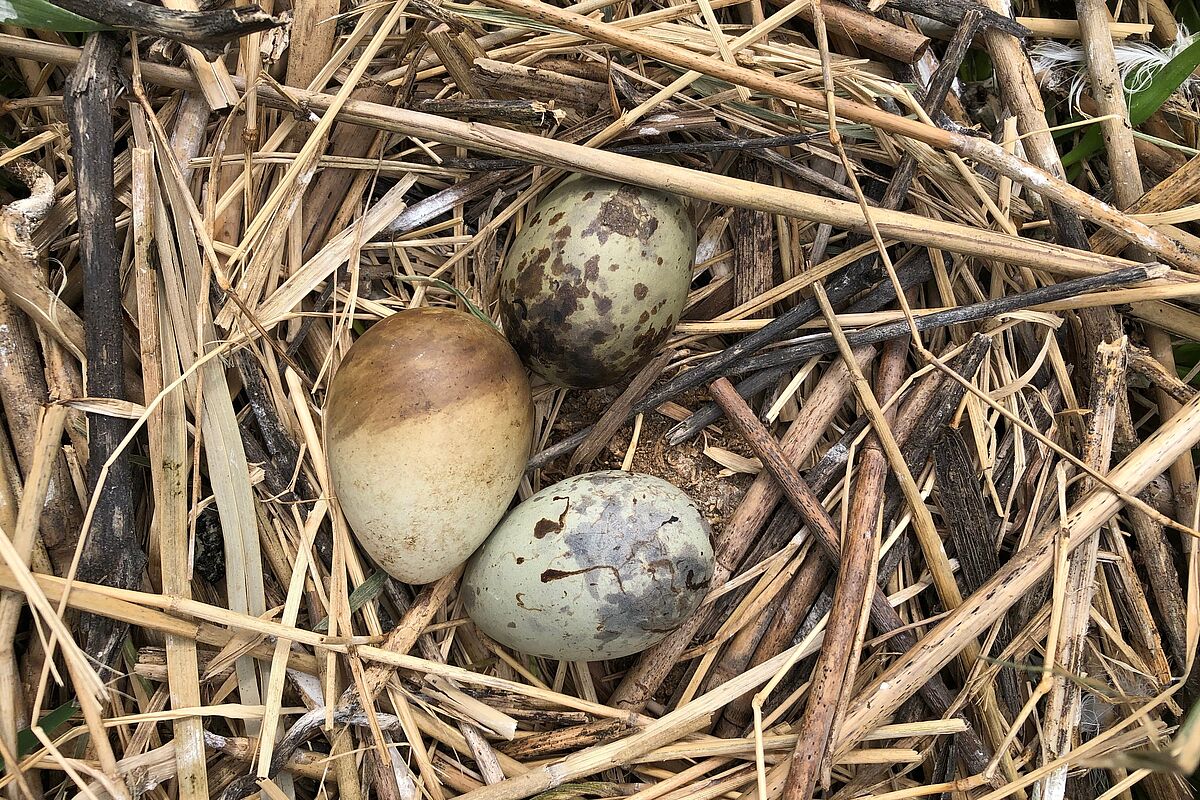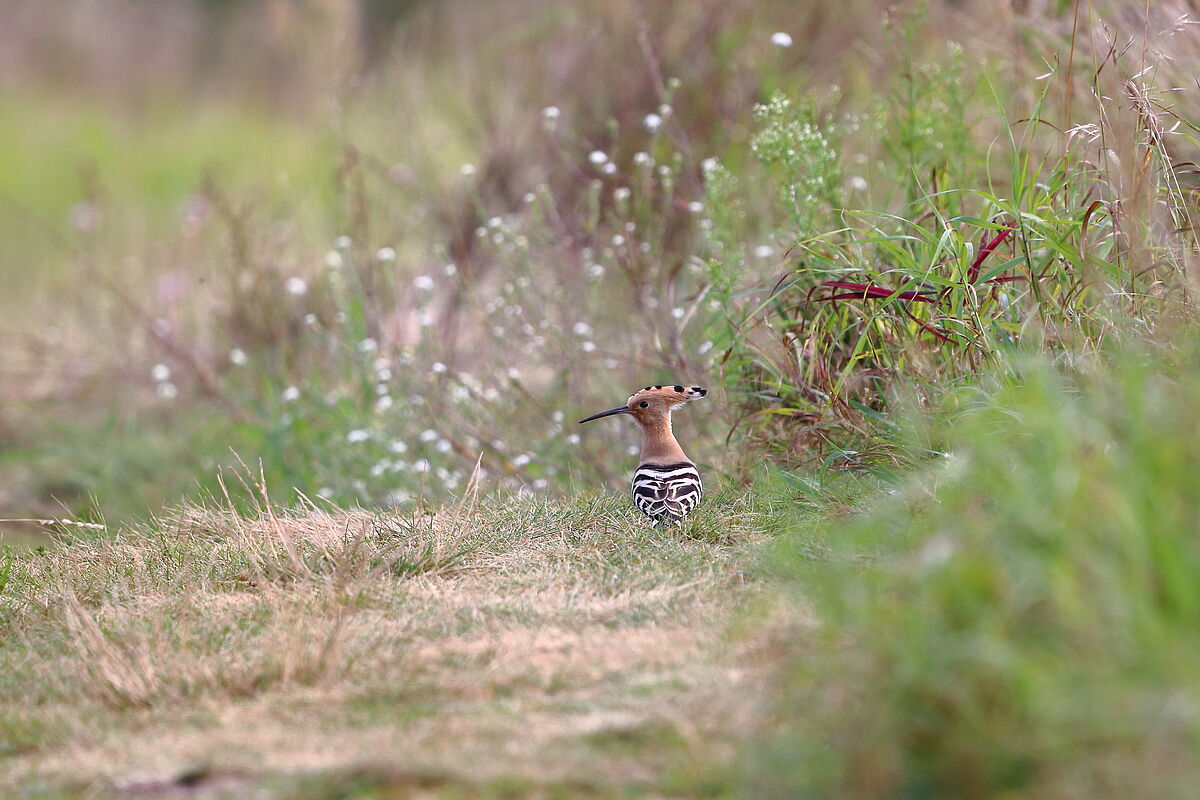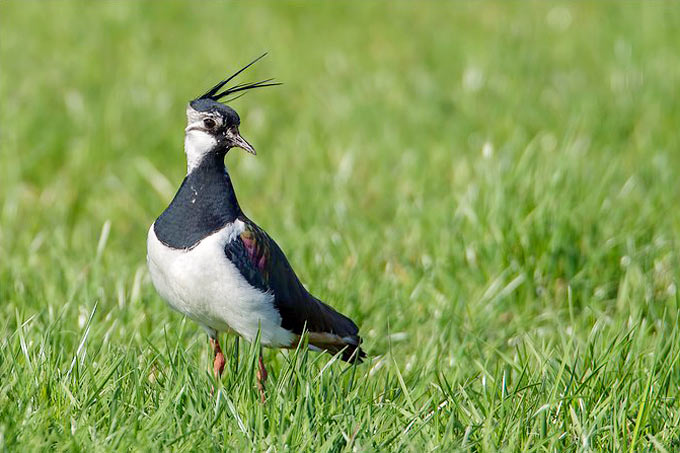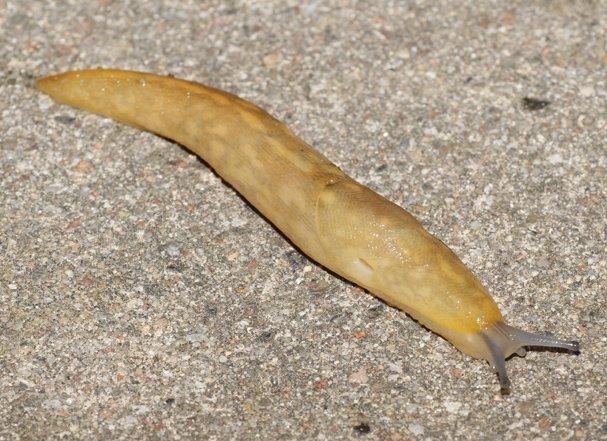Recent publications
Influence of ocean primary production on the activity pattern of wintering Common Terns
Pavlinec, Ž.; Piro, S. & Schmitz Ornés, A. (2025). Journal of Ornithology.
Birds migrating through different flyways and wintering in different areas face spatial differences in food availability, climate, and threats that may affect their breeding performance and survival during both the breeding and the non-breeding seasons. Using light-level immersion geolocators, we studied activity patterns of Common Terns Sterna hirundo during the non-breeding period, whilst migrating along two different routes (western and eastern) and wintering in three distinct areas along the western, southern and eastern African coast.
Testing for assortative mating based on migratory phenotypes in the Common Tern Sterna hirundo
Piro, S. & Schmitz Ornés, A. (2025). Avian Research.
Tracking and mating data of Common Terns (Sterna hirundo) breeding in a single colony in north-eastern Germany were used to test for assortative mating in regards to migratory phenotypes. These birds use the eastern and western African migration routes and three different wintering areas along the African coast.
Sierra Lemus C. M., Schmitz Ornés A. & Haase M. 2024. Aquatic Invasions.
The dependence of freshwater snails on the availability of ions through their ambient water varies widely across species and deficiencies may limit reproduction and other physiological functions. Nevertheless, in many studies on the New Zealand mud snail (NZMS) Potamopyrgus antipodarum, where reactions on components dissolved in the water are not the focus, the composition of the water the snails are kept in is not specified. We tested the sensitivity of reproduction to three types of artificial fresh water in three parthenogenetic lineages invasive to Europe. [...]
Schröder, O., Schächinger, P., Bouchet, P. & Haase, M. 2024. European Journal of Taxonomy.
During an expedition in 2016, a rich fauna of freshwater gastropods of the family Tateidae Thiele, 1925 was discovered on the ultramafic terrains of the Southeast of New Caledonia (NC). Hitherto, only three of the 62 known NC family members were reported from this type of bedrock. [...]
Barwisch, I., Mewes, M., Schmitz Ornés, A. & Guenther, S. 2023. Journal of Ornithology.
Urbanization, industrialization, and intensification of agriculture have led to considerable heavy metal pollution across the globe, harming our ecosystems. Concentrations of arsenic (As), cadmium (Cd), copper (Cu), and lead (Pb) have been analysed in 249 eggshells collected between 2006 and 2021 from 83 female Common Cranes (Grus grus) nesting within north-eastern Germany. Information on the presence of trace elements in cranes from Europe and their potential adverse effects on the reproduction are largely missing. Only Cu and Pb were found to be present in eggshell samples. Levels of both metals did not exceed concentrations considered potentially toxic in birds and unhatched eggs did not contain higher metal concentrations compared to eggshell residues from hatched eggs. ...
Haase, M., von Rintelen, T., Harting, B., Marwoto, R. & Glaubrecht, M. 2023. European Journal of Taxonomy.
Five new species of freshwater gastropods of the tateid genus Sulawesidrobia are described from the ancient Lake Matano on Sulawesi, Indonesia: S. wilsoni sp. nov., S. carsonae sp. nov., S. ehrlichi sp. nov., S. crutzeni sp. nov., and S. dinersteini sp. nov. The descriptions were based on shell morphology, anatomy as well as phylogenetic analysis using DNA sequence data of a fragment of the mitochondrial cytochrome oxidase I. ...
Schmitz Ornés, A., Ducay, R. L., Fulmer, A. G. & Hauber, M. E. 2023. The Science of Nature.
In oviparous animals, egg morphology is considered an aspect of the extended phenotype of the laying mother and, thus, can be directly assessed for consistency both within and between individual females. Despite a recently renewed interest in the evolution and mechanics of avian eggshell morphology, we still lack a large-scale, comparative understanding of which egg traits are individually plastic and whether individual consistency is shaped by ecological and life history traits at the species level. ...
Männer, L., Mundinger, C. & Haase, M. 2022. Ecology and Evolution.
Climate change may force organisms to adapt genetically or plastically to new environmental conditions. Invasive species show remarkable potential for rapid adaptation. The ovoviviparous New Zealand mud snail (NZMS), Potamopyrgus antipodarum, has successfully established across Europe with two clonally reproducing mitochondrial lineages since its arrival in the first half of the 19th century. Its remarkable variation in shell morphology was shown to be fitness relevant. We investigated the effects of temperature on shell morphology across 11 populations from Germany and the Iberian Peninsula in a common garden across three temperatures. ...
Barwisch, I., Mewes, W. & Schmitz Ornés, A. 2022. Avian Research
Facing climate and land use change, a species’ ability to successfully adapt to changing environments is crucial for its survival. Extensive drainage and intensification of agriculture and forestry set wetlands and associated species at risk of population declines. The population of Common Cranes (Grus grus) has experienced considerable fluctuations over the last century. Despite increasing population numbers, hatching success seemed to have decreased over the last years. The aim of this study was to identify factors influencing hatching success and nest survival of Common Cranes based on analyses of long-term individual-based monitoring data from northeastern Germany and evaluate the species ability to adapt to changing environments. ...
Piro, S. & Schmitz Ornés, A. 2022. Journal of Ornithology
The Common Tern (Sterna hirundo) is one of Germany’s farthest migrating bird species. Ringing studies have shown the use of the East Atlantic flyway, and according to their main wintering areas at the western and southern African coasts, German and European Common Tern populations have been divided into two allohiemic groups. However, first ring recoveries of German Common Terns in Israel indicated that some of the birds breeding in eastern Germany cross central Europe and migrate along the eastern African coast. To investigate the migratory behavior of Common Terns from East Germany, we fitted 40 Common Terns breeding in a colony at the German Baltic coast with light-level geolocators. ...
Schächinger, P. M., Schrödl, M., Wilson, N. G. & Moles, J. 2022. Organisms Diversity & Evolution
Tritoniella belli is the only valid species of a nudibranch genus endemic to the Southern Ocean. Recent exhaustive sampling and molecular analyses led to the discovery of several new lineages. A total of 69 specimens were collected from 25 sites across the Weddell and Scotia Seas, from 5 to 751 m depth. In this study, we provide morphological and anatomical characters to describe five new Tritoniella species, namely T. gnocchi n. sp., T. prinzess n. sp., T. gnathodentata n. sp., T. schoriesi n. sp., T. heideae n. sp. Detailed descriptions of colouration, external morphology, digestive and reproductive organs, distribution, and ecology are presented in a systematic context. ...
The research of our group focuses on a wide spectrum of ecological as well as phylogenetic and population genetic questions in birds, but also gastropods. We are interested in the relationships of organisms with their environment including other organisms as well as in their individual and evolutionary genetic relationships. Accordingly, our methodological spectrum encompasses classical ecological as well as molecular approaches. For more details concerning ongoing research projects, please visit the “Research” section.
Open positions
test
Contact
Zoological Institute and Museum
Vogelwarte Hiddensee
Building 6.2
Soldmannstrasse 23
17489 Greifswald
Tel.: +49 (0)3834 86 4348 or
Tel.: +49 (0)3834 86 4347
angela.schmitzuni-greifswaldde or
martin.haaseuni-greifswaldde

